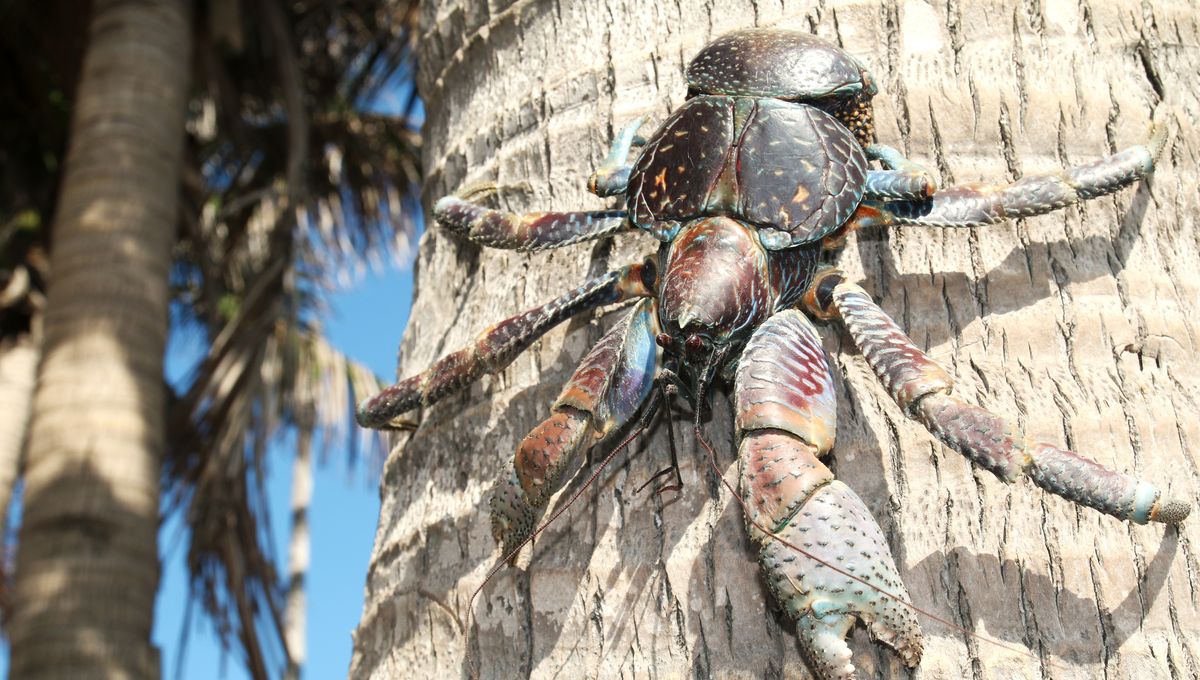
Amelia Earhart is remembered today for various reasons. She is one of the most prominent figures in aviation history for her trailblazing accomplishments as a female pilot – not to mention being the first woman to fly alone across the Atlantic Ocean. But today Earhart is mostly remembered for her mysterious disappearance after she set off on her global flight in July 1937. Ever since then, speculation has been rife as to what happened to her, but one idea has consistently clawed its way back into popular imagination over the last decade – was Amelia Earhart eaten by crabs?
The mystery and the crabs
In 1940, researchers with the International Group of Historical Aircraft Recovery (TIGHAR) were searching on Nikumaroro, an atoll about 1,800 miles away from Hawaii in the western Pacific Ocean. During their search, the team recovered pieces of a skeleton – just 13 bones to be precise – that was thought to belong to Earhart who had been missing for three years. In order to verify their find, the remains were shipped to Fiji for further analysis but were subsequently lost.
If these bones were hers, then the idea is that Earhart and her navigator, Fred Noonan, must have lost their way and then landed on Nikumaroro (called Gardner at the time), as the surrounding reef could have been used as a kind of runway. However, it is believed, Noonan died, and the plane disappeared into the ocean, leaving Earhart alone. Except she was not completely alone.
Nikumaroro is home to the giant coconut crab, a massive land-dwelling invertebrate that has been known to hunt and kill large birds for food. These mega-crabs are so large that can have up to a meter-long leg span. They were so enormous, that Charles Darwin described them as “monstrous”, though he also thought they were delicious. Coconut crabs earn their name for their ability to smash open coconuts to feast on their white flesh, but they also prey on rats and other animals that stray too close to their borrows. At night, swarms of the giant crustaceans have been known to scour around for prey to eat.
So how does this relate to the Earhart mystery? Well, remember that there were only 13 bones found by the TIGHAR team in 1940? What happened to the rest of the 193 bones that make up a human skeleton? All fingers point to the crabs.
Coconut crabs, also known as “robber crabs”, are so relentless in their swarms that they can scatter their prey’s remains across wide areas, and these beasties are known to live on Nikumaroro. Since this idea first emerged, TIGHAR has performed several experiments using pig carcasses to see where the crabs would take them and whether this would lead to more human remains. They found that the crabs can strip a body in less than two weeks and smuggle the bones back to their burrows, which, they believe, may explain why only 13 bones were found in 1940.
It’s an interesting (if not gruesome) hypothesis, but it remains just that despite the subject being extremely popular online and on social media. In 2018, TIGHAR and a team of researchers and anthropologists from the University of Tennessee had another crack at the mystery by using dogs borrowed from the Canine Forensics Foundation to help find the bones. Although they claim the dogs picked up a scent of human remains, National Geographic reported in 2019, nothing conclusive has been discovered.
The mystery of what happened to Amelia Earhart may never be answered, but for her sake, we hope whatever happened was more peaceful than the prospects of being devoured by scavenging crabs.
Source Link: Was Amelia Earhart Really Eaten By Giant Crabs?